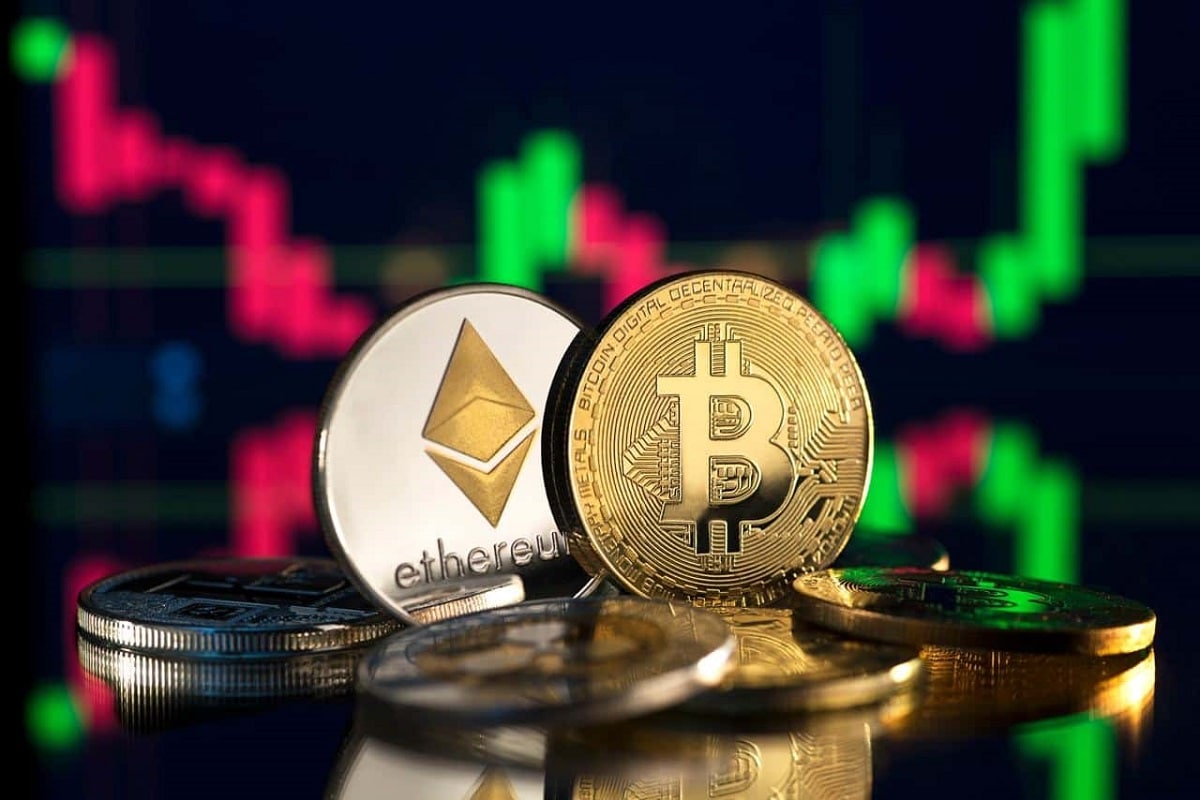NeoLeo/iStock via Getty Images Seven technology stocks, called the Magnificent 7, have led this bull market. They currently account for 18.7% of all stock trading and over 50% of all option trading. Because of this, we can’t envision the broader market going higher, or even correcting, without their involvement. But an important indicator of investor sentiment in these seven stocks is finally pointing to caution. The Magnificent Seven The MAG 7 is an arithmetic index formed from these seven technology stocks – Alphabet, Amazon, Apple, Meta Platforms, Microsoft, NVIDIA, and Tesla. This chart shows the price of the index (adjusted for the NVIDIA split) since 2019. The Magnificent Seven Accounts For 18% Of Stock Sales and Over 50% Of All Option Sales (The Sentiment King) The red line at the bottom shows the percent of all dollar volume due to these seven stocks. From a low of 3% in 2019, the percent has risen to its current high of 18.7%. This is an extraordinary number since it’s just seven stocks versus thousands. Even more startling, however, is the green line, which graphs the percentage of all directed option trading due to these seven stocks. Since 2019, the percent of all directed options due to these seven stocks has varied from 30% to 60%. It’s currently 54%. This is remarkable since the total comes from 5,000 stocks. Directed options are option positions based on the stock price going up or down, as opposed to covered call writing or hedging type strategies which are less dependent of price direction. Because these seven stocks currently account for over 50% of all directed ‘put’ and ‘call’ trades, indicators based on these option statistics are very important. The Magnificent Seven ‘Puts to Calls’ Ratio This chart is the puts to calls ratio of the Magnificent Seven. It graphs the total amount of money going into directed ‘puts’ divided by the amount going into directed ‘calls’ in all seven stocks. To smooth out the results, and to gain a long-term perspective, the money is averaged over twenty days. The Puts To Call Premium Ratio Of All Directed Options In The Seven Stocks Averaged Over Twenty Days (The Sentiment King) Like all puts to call ratios, you get high ratios at market lows and low ratios near price highs. For example, we’ve marked with black arrows moments when the ratio got near .4. This seemed to be a critical low number. These moments almost all occurred prior to some type of correction, from short term to bear market. The current ratio is .33. It’s the same ratio that occurred just before the 2022 bear market and the prior bear market in 2020. This doesn’t mean we’re headed for a bear market, and we don’t expect that. However, in our opinion, it does mean we’re headed for some type of meaningful correction – and relatively soon. Why Measuring Investor Expectations Is So Important? Most people believe economic data determines the highs and lows of stocks. It doesn’t; investor expectations and emotions do. The last 25% to 50% of a stock’s move, either up or down, is usually driven by emotions, not economics. This is why it’s important to measure investor expectations and emotions, and the ‘puts to calls’ ratio is one of the classic tools used to do this. The metric was invented by Martin Zweig in 1971 and an explanation of the indicator can be found in almost any book on investor sentiment or technical analysis. But the concept behind the ‘puts to calls’ ratio is pretty simple. Since ‘call’ options are basically bets stock prices will advance, and ‘put’ options bets they will decline, by comparing how much money is going into ‘puts’ vs ‘calls’ tells us what investors expect. Martin Zweig’s original P/C ratio was a ratio of contracts; we’ve found it much better to use a ratio of money. The P/C ratio also helps determine when investors are getting “too euphoric” or “too pessimistic,” which is always worrisome. This, along with short interest, are the two metrics available to measure investor expectations for individual stocks. This is why we believe the ‘puts to calls’ ratio of the Magnificent Seven is so important when looking for critical turning points of these seven combined stocks. Absolute Put Buying In The Magnificent Seven Is Historically Low While the ‘puts to calls’ ratio compares the amount of ‘put’ buying to ‘call’ buying, it’s sometimes useful also to look at the absolute amount of ‘put’ buying itself. The next chart shows this. It is a graph of the average amount of money going into directed MAG 7 ‘puts’ every day. Average Daily Premiums Of All Directed Puts In The Seven Stocks (The Sentiment King) History shows low amounts of put buying at market tops and high amounts at market lows. At the low of the bear market, there was $10 million a day going into magnificent 7 puts expecting lower prices. Prices instead went up. We’ve indicated extra low ‘put’ buying with black arrows. Today, there’s only 1.4 million a day, which is near all-time lows. While this metric is not as convincing to us as the puts and calls ratio, and appears to have more variations and exceptions, it does provide another look at the situation. This low number implies very few traders are expecting lower prices in these seven stocks, which is another warning sign. Time Forecast vs Price Forecast Over the years, we’ve found “time targets” – or “time forecasts” – much more useful investment wise than price forecasts. For one, they’re generally more accurate. A person can often tell with greater accuracy how “long” a move will last than how “high” or “low” it will go. It also tends to make investing less emotional and easier to experience, which is important when trying to “hold” an investment position. The ability to “hold” an investment position against all the emotional pressures and reasons not to is one of the most important investor abilities. Our time targets are usually based on a simple concept. They’re based on the idea that markets quite often move in segments over similar time periods – not the “same” but “similar.” For example, suppose you’ve noticed after watching a stock that prices usually move over similar, intermediate-term time frames of from 10 to 13 weeks. So, after a small correction, you forecast that the next move up will last from 11 or 12 weeks. You don’t care about the price; you care about the time. The price will end up where it ends up. That’s a time target. Price and Time Targets For The Magnificent Seven Index (The Sentiment King) We then adjust that forecast as we approach it, depending upon investor sentiment or other important factors. These time forecasts are never to be taken to be exact but as initial, first order approximations. We did this in the above chart, which is our first order time forecast for the MAG 7. It’s similar to the time target we established for the general market (S&P 500) back in January. The bases of the two green boxes span the same length of time – about twenty months. By drawing an upper short-term trend line (red line) and seeing where it intersex the right side of the box (the Red Dot) start, we get a price target of $2,600 for the Mag 7 Index around the start of August. But again, the time target is more important than this price target, and we’ll wait to see where the price is then to assess the situation. As we approach it, we’re encouraged by the low puts to calls ratio we’ve discussed. In other words, we’re holding to the time forecast because market sentiment is evolving as it should if this time target was approximately correct. Summary The historically low puts to calls ratio of the Magnificent 7 is the first strong sentiment indication that these seven stocks are reaching the end of this two-year run. Exactly how it plays out from here is anyone’s guess, but these seven stocks appear ready to begin some type of correction, whether it’s a time correction, price correction or some combination of the two. Everything considered, this is natural after such a large, two-year advance. This conclusion aligns with major sentiment indicators pointing to extreme bullish sentiment in the general market, something that also occurs before a major correction. It’s hard to imagine the general market and the Magnificent 7 going in opposite directions, and now important sentiment indicators point to them moving lockstep together into some type of correction.
sekar nallalu AAPL,AMZN,Cryptocurrency,GOOGL,META,Michael James McDonald,MSFT,NVDA,TSLA An Important Magnificent 7 Indicator Finally Suggests Caution

